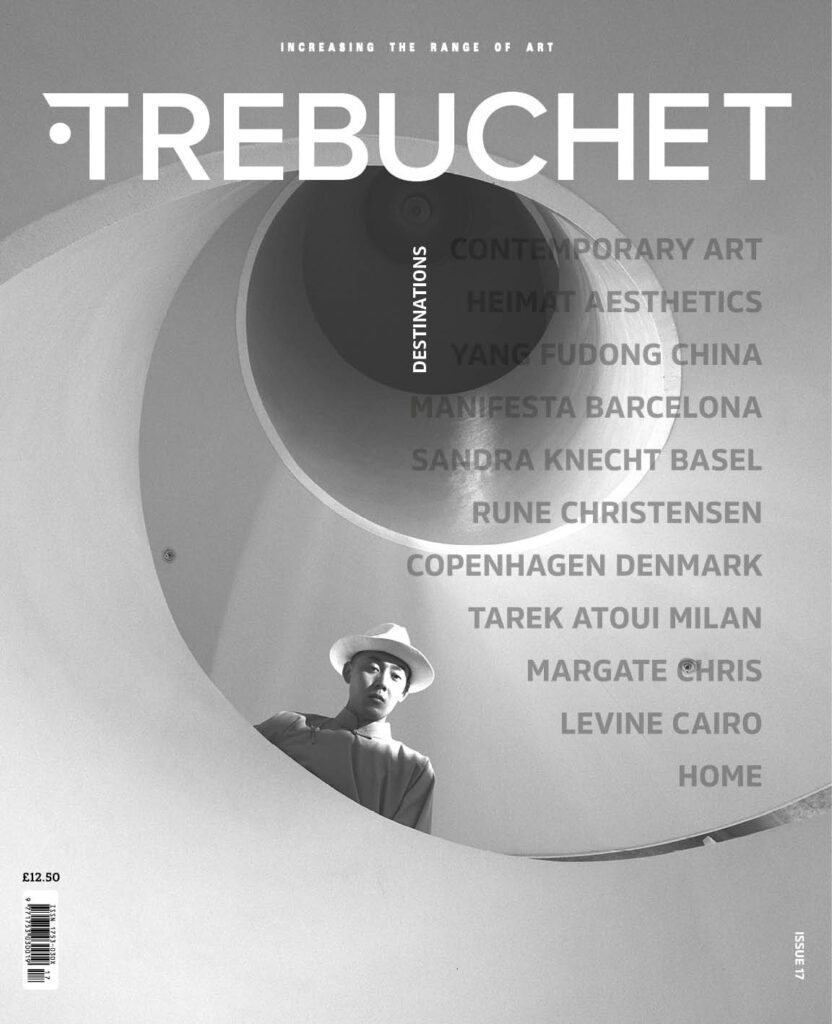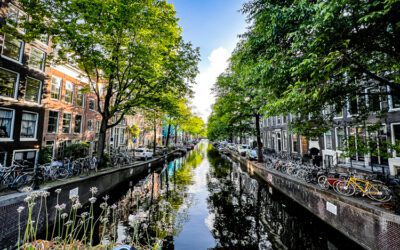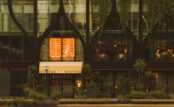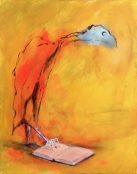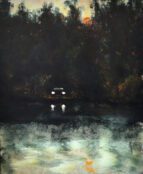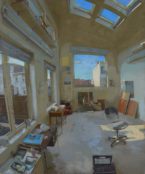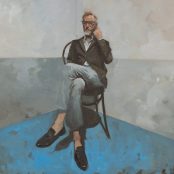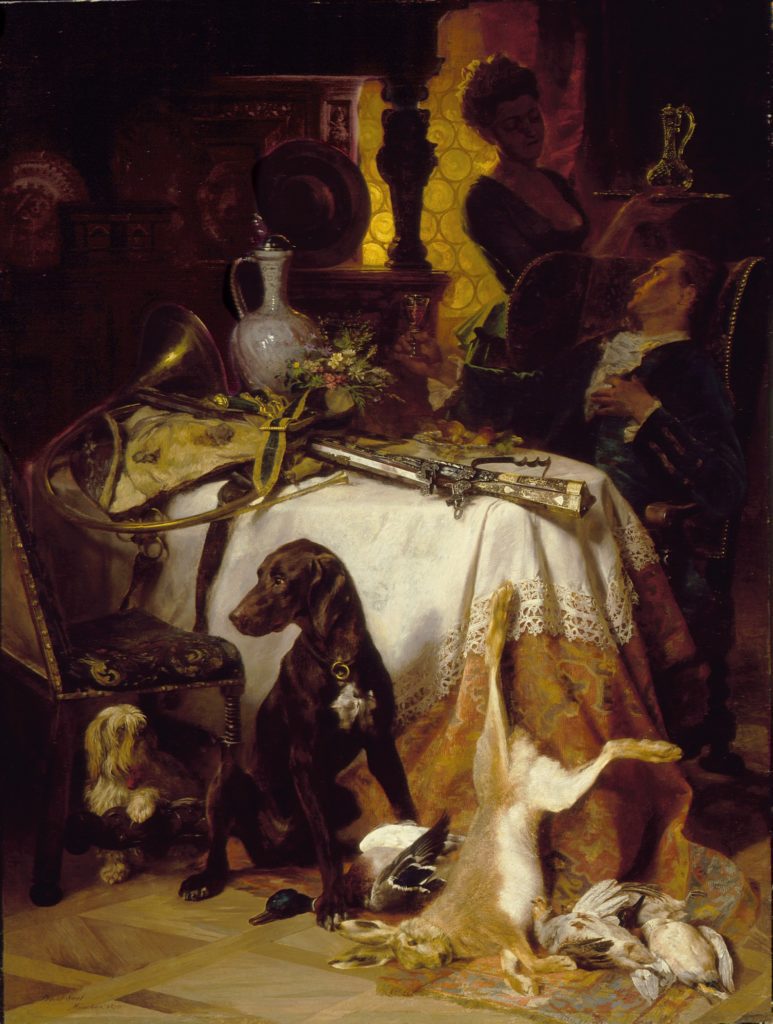Jun 5 - Jul 19
10:00 - 17:00
Location
Modern Art
Mollet’s work has the benefit of history and driven by a personal approach has been successful in creating aesthetic works. But is it style over substance? Does it move audiences? Is it contemporary and do the overtures of art history matter? Some say yes? Others live to become lost in the spectacle of beauty.
Exhibition Notes: Francesca Mollett’s large-scale, abstract paintings begin quickly and horizontally, the watery mix of charcoal, acrylic and diluted oil paint permitted to spread lithely across the surface of her canvas. Later, she slowly works and reworks the passages of oil paint, much like a writer might write and rewrite sentences in order to reach the precision of an idea. This is a process of mark making, looking, and reacting to what is emerging, and as such gradually finding an understanding of how different parts of the painting – motion, colour and texture – relate to each other. Elements of the paint may be wiped, leaving an impression of what came before them, or a palette knife may lift and deposit parts of the painting back upon itself, a process akin to collage. In this way, Mollett’s works hold within them a density of moments in time. Fragments of surface split off from what was previously a continuum are enmeshed once again later on, like a folding of time upon itself. Mollett cites her constant practice of reading as informing her emotional or relational position in the work. There is a literary parallel in Mollett’s paintwork, which, like language, both describes something else – an image, an idea – and at the same time it simply is – it exists on the canvas in a physical and material sense. It is within this tension that Mollett’s works produce (in her own words) their “shimmer” – a visual effect and at the same time a perceptual revelation linking the experience of the painting to the world outside.
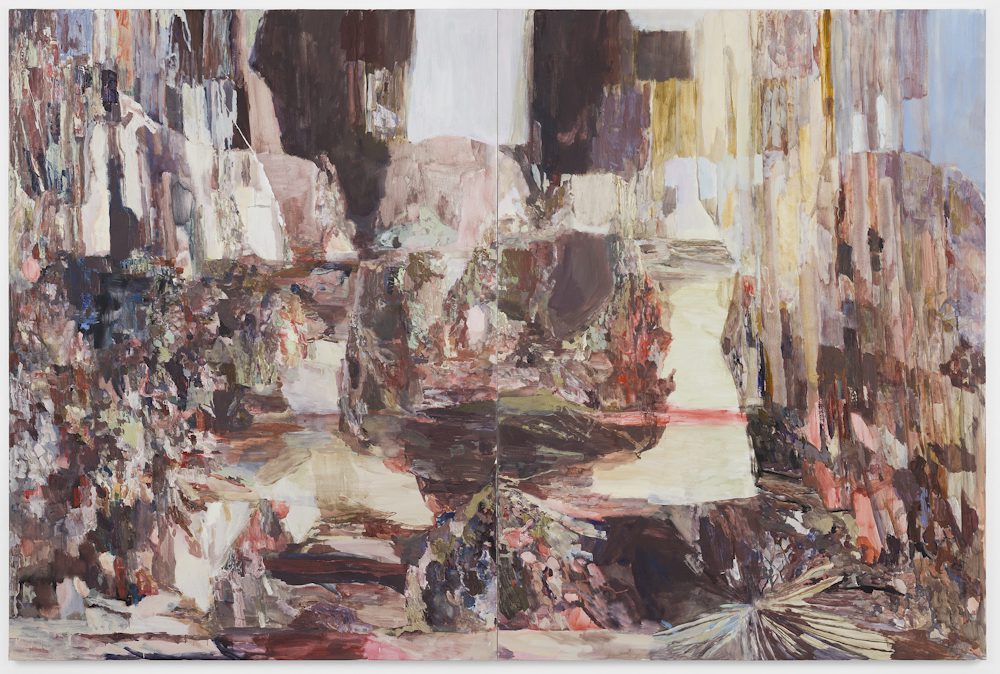
If a place can be thought of as a connecting point of experiences, Mollett’s works tend to respond to the notion of place in this sense. In her work generally, a specific place often provides the germination for a group of works, which are then individually linked together by this shared starting point. Mollett’s new body of work for her exhibition at Modern Art has been developed in a different way, with each painting informing the next and by closely observing how the paintings communicate with one another. The exhibition as a whole is made cumulatively and responsively. The source material for these works still comes largely from encounters with places – mostly in cities – from a vast array of locations and time. Light and shadow are central elements in these compositions and the paintings undergo a process of deepening, where initial surfaces are made more complex to allow for ambiguity between distinctions in what is form, often with an opacity that coalesces edges and so disrupts legibility. Although in some new works there is an emergence of decipherable features, forms in other works remain less recognisable. Often a comparison of material begins a painting, for instance, flax-leafed candytuft and rocky gravel echo each other even in their supposed oppositions as soft and hard matter, their shadows connecting them in a rhythm of unlikely doubles. The images she responds to suggest movements such as rippling or splitting, or reflecting a space outside of the one they depict, and so the paintings become like reflections that tangle and distort, caught in a moment where one is unsure whether they are coming together or collapsing. In each painting, however, abstraction is treated in some ways like the mind’s movement through memories and images, each having a relationship to representation, whether that be of an image, a sensation or an encounter with a place.
Francesca Mollett Annual Honesty
Modern Art Helmet Row, EC1 5 June – 19 July 2025


